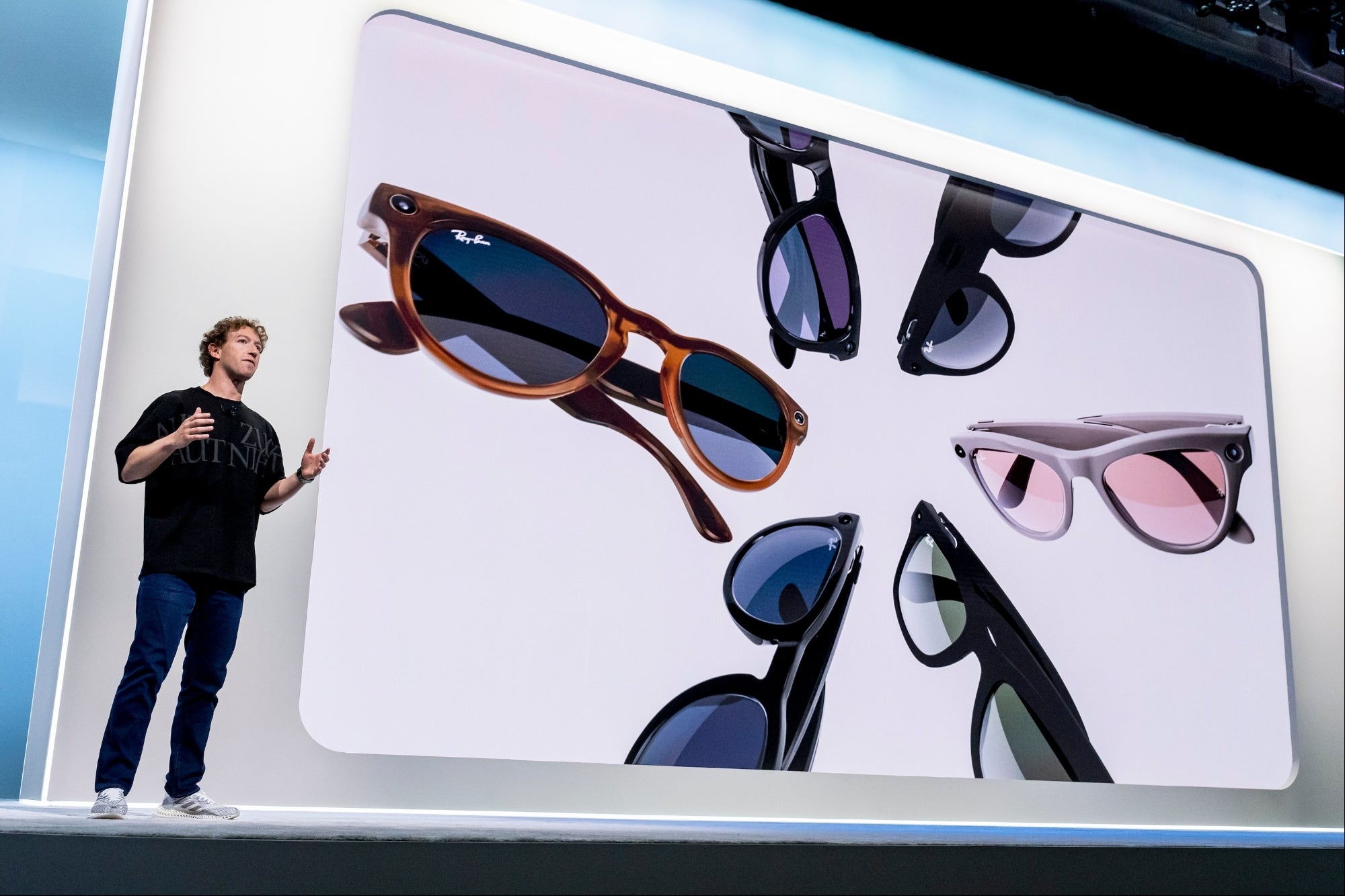The Holiday Mobile-Marketing Strategy That Retailers Really Need Here are six strategies that companies must have in place to woo customers this holiday season.
By Puneet Mehta Edited by Dan Bova
Opinions expressed by BIZ Experiences contributors are their own.
The amount of ads, offers and promotions that people experience throughout the holiday season is reminiscent of what a person would experience standing in the middle of Times Square for more than 10 weeks. For consumers, it's noisy and distracting and so people are tempted to tune it out. For retailers, it's expensive and necessary.
This holiday season can be different. By leveraging mobile devices, personalization tools and contextual signals, retailers can better interact with consumers on an individual level, reaching out when relevant, providing a better experience and ultimately reaping a higher return on marketing efforts.
The six strategies below should be a part of every retailer's holiday marketing program this year:
Related: 5 Ecommerce Mistakes to Avoid During the Holiday Season
1. Provide omnichannel, consistent and cohesive experiences.
Creating a single view of customers across every touch point is a must. Consumers expect to receive a consistent experience whether they're in a store, online, reading email, engaging with social media or using a mobile device.
Customers should not have to feel like they are Adam Sandler in 50 First Dates, having to remind the company about who they are, their prior relationship with a company (loyal) and their history. If a customer saves something to a wish list online, the retailer should remind the person of that if he walks into a store and perhaps provide a tailored offer.
Too often today, valuable data is lost because all sources of customer information are not integrated. All data streams (from transactions, customer relationship software and email) need to rely on a single profile, which will let retailers provide motivating experiences, content and offers.
2. Predict intent.
The holiday season represents a hurdle for marketers trying to personalize offers at a time when people are shopping for a wider, more diverse group of customers.
Retailers should look at historical data to anticipate what customers might be seeking based on last year's purchases and what they're likely to purchase again. For instance, if Cali bought a baby boy's jacket last year, she should receive an offer for toddler boy clothing.
Anticipating consumers' intent when they open a retailer's app, come into a store or land on its website can significantly improve the rate of converting visitors into buying customers.
For example, when Taylor walks in the store, don't send him a "10 percent off" offer for men's clothes but instead offer greeting like this: "Welcome, Taylor. You may take 10 percent off a purchase of scarves, bags and jackets. These items are perfect for any woman on your list." The store would be acting on a prediction that he's likely looking for something for his wife, while providing some gift ideas.
3. Marry location with profile data to automate personalized mobile interactions.
Use of geo-fencing -- and better yet beacons -- is great for targeting customers while they're in close proximity to a store or even inside it. But someone won't be motivated to act merely as a result of being in a location that's referenced in a message.
Pushing messages to consumers based solely on where they're standing is almost guaranteed to annoy them. Instead, bridge a person's offline and online worlds by personalizing an interaction based on the brands of goods they've purchased (say, mid-tier items), offers they've redeemed in the past (a preference for a percentage off over a dollar discount) and what they're likely to be seeking today -- as well as their location.
Related: When Marketing Personalization Fails
4. Optimize every tap to drive conversions.
Take advantage every time a person opens an email or app or clicks on an ad. Too often in mobile paid media, no attention is paid to the landing page a person sees after tapping on an ad. Optimize the page, test different scenarios and calls to action and target the marketing as much as possible.
5. Create rich segmentation schemes.
One size certainly doesn't work in marketing unless the product is a scarf. Move past grouping consumers by just basic demographic traits (gender, location, age) and instead segment them based on behavior, purchases, product and brand preferences, social conduct, habits and real-time context.
6. Motivate shoppers with more than just offers and deals.
While consumers certainly look for a deal, retailers need to consider other supplemental images, reviews, videos and celebrity endorsements to perhaps inspire a purchase. Using beacons to push rich media when someone is standing next to a display can be very motivating (such as showing a photo of an A-lister wearing a jacket that a woman is considering for her husband).
During the holiday season, people are bombarded with deals on everything, from monstrous TVs to dog beds. While there are some shoppers who have meticulously picked out the perfect gift for all the people on their list, many shoppers look for inspiration and ideas until Dec. 24. Marketing should go further than a mass distribution of deals. It should help consumers by personalizing and contextualizing retailer interactions, while anticipating their needs in real-time.
Related: Ignore Video and Miss Out on 69 Percent of Mobile Traffic










